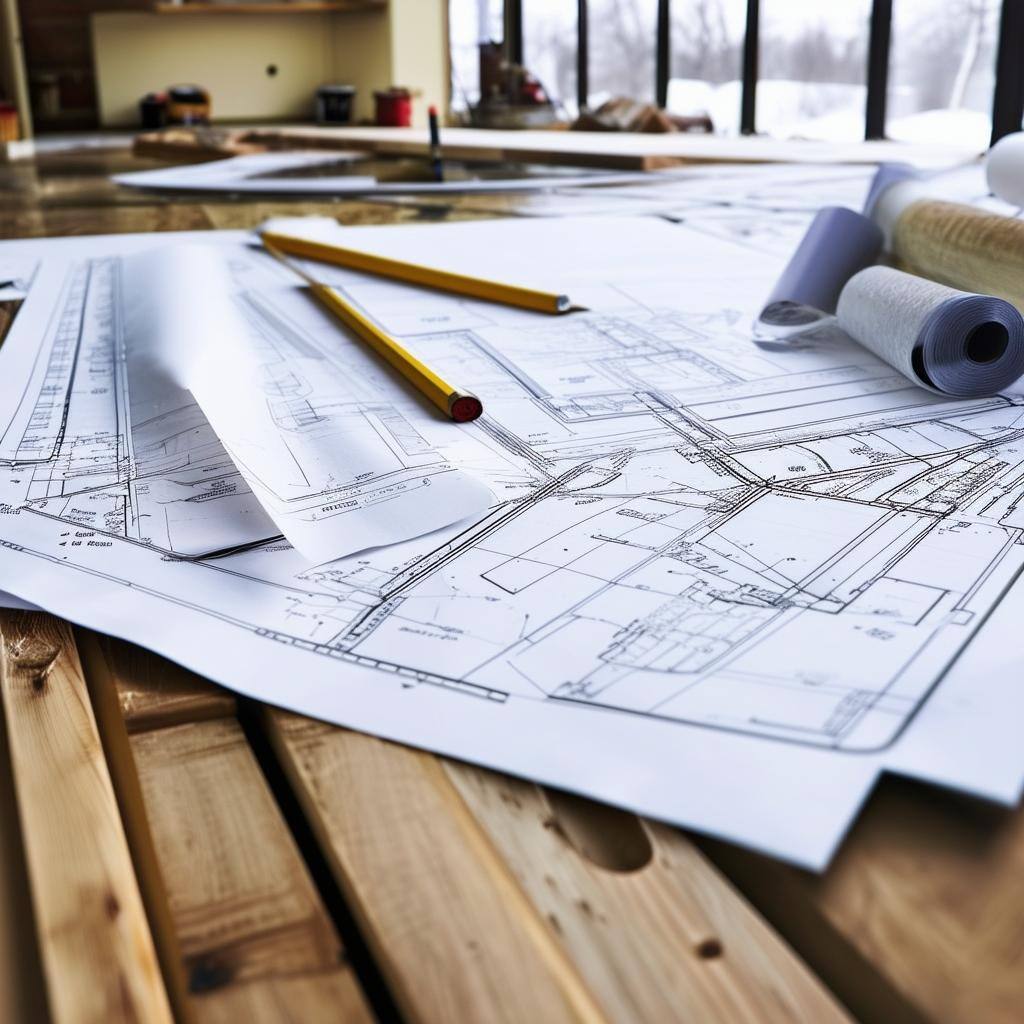Client Communication for Designers
Transforming Client Relationships: The Role of Effective Communication
In the dynamic world of design, developing and maintaining strong client relationships is crucial for success. Effective communication is the cornerstone of these relationships, ensuring that both designers and clients are on the same page throughout a project's lifecycle. When designers prioritize clear and open communication, they can better understand client needs, anticipate potential challenges, and create solutions that exceed expectations. This approach not only leads to successful project outcomes but also fosters long-term partnerships built on trust and mutual respect.
Communication in design is not limited to verbal exchanges. It encompasses every interaction, from initial meetings to project updates and final presentations. By establishing a transparent communication strategy early on, designers can set the tone for a collaborative and productive relationship. This involves actively listening to client feedback, asking the right questions, and providing comprehensive updates that keep clients informed and engaged. Ultimately, effective communication transforms client relationships by creating a shared vision and aligning expectations.
Key Strategies for Managing Client Expectations
Managing client expectations is a critical component of any design project. Designers must skillfully navigate the challenging terrain of balancing client desires with practical limitations, such as budget constraints and timeframes. To achieve this, setting clear and realistic expectations from the outset is essential. This begins with a comprehensive project brief that outlines objectives, timelines, and deliverables, providing a roadmap that guides both the client and the designer.
Regular check-ins and progress updates are vital for managing expectations and ensuring that clients remain informed and involved. By maintaining an open line of communication, designers can address any concerns that arise and make necessary adjustments before they become significant issues. Additionally, offering clients a range of options, explaining the rationale behind design choices, and being transparent about potential roadblocks can help manage expectations effectively. Ultimately, successful expectation management leads to smoother project execution and heightened client satisfaction.
Overcoming Common Communication Barriers in Design Projects
Design projects often face communication barriers that can hinder progress and affect outcomes. These barriers may include technical jargon, misinterpretations, and differing expectations. To overcome these challenges, designers must be adept at translating complex concepts into language that clients can easily understand. This involves avoiding industry-specific terminology and using visuals, such as sketches or mockups, to convey ideas more effectively.
Active listening is another crucial skill in overcoming communication barriers. By paying close attention to client feedback and asking clarifying questions, designers can ensure they accurately understand client needs and preferences. Additionally, establishing a feedback loop where clients feel comfortable sharing their thoughts and concerns fosters an environment of openness and collaboration. By addressing communication barriers head-on, designers can prevent misunderstandings and create a more efficient and harmonious design process.
Enhancing Client Satisfaction through Proactive Engagement
Proactive engagement is a powerful strategy for enhancing client satisfaction and ensuring project success. By taking the initiative to involve clients throughout the design process, designers can create a sense of ownership and partnership. This involves seeking client input at critical stages, presenting ideas for feedback, and making clients feel valued and heard.
Moreover, being proactive means anticipating client needs and addressing potential issues before they arise. This might involve providing regular updates, offering expert advice, and being responsive to client inquiries. By demonstrating a commitment to client success, designers can build lasting relationships and establish a reputation for reliability and excellence.
Ultimately, proactive engagement leads to more satisfied clients, successful projects, and a thriving design business. By mastering the art of client communication and management, designers can unlock new opportunities and elevate their professional practice to new heights.


